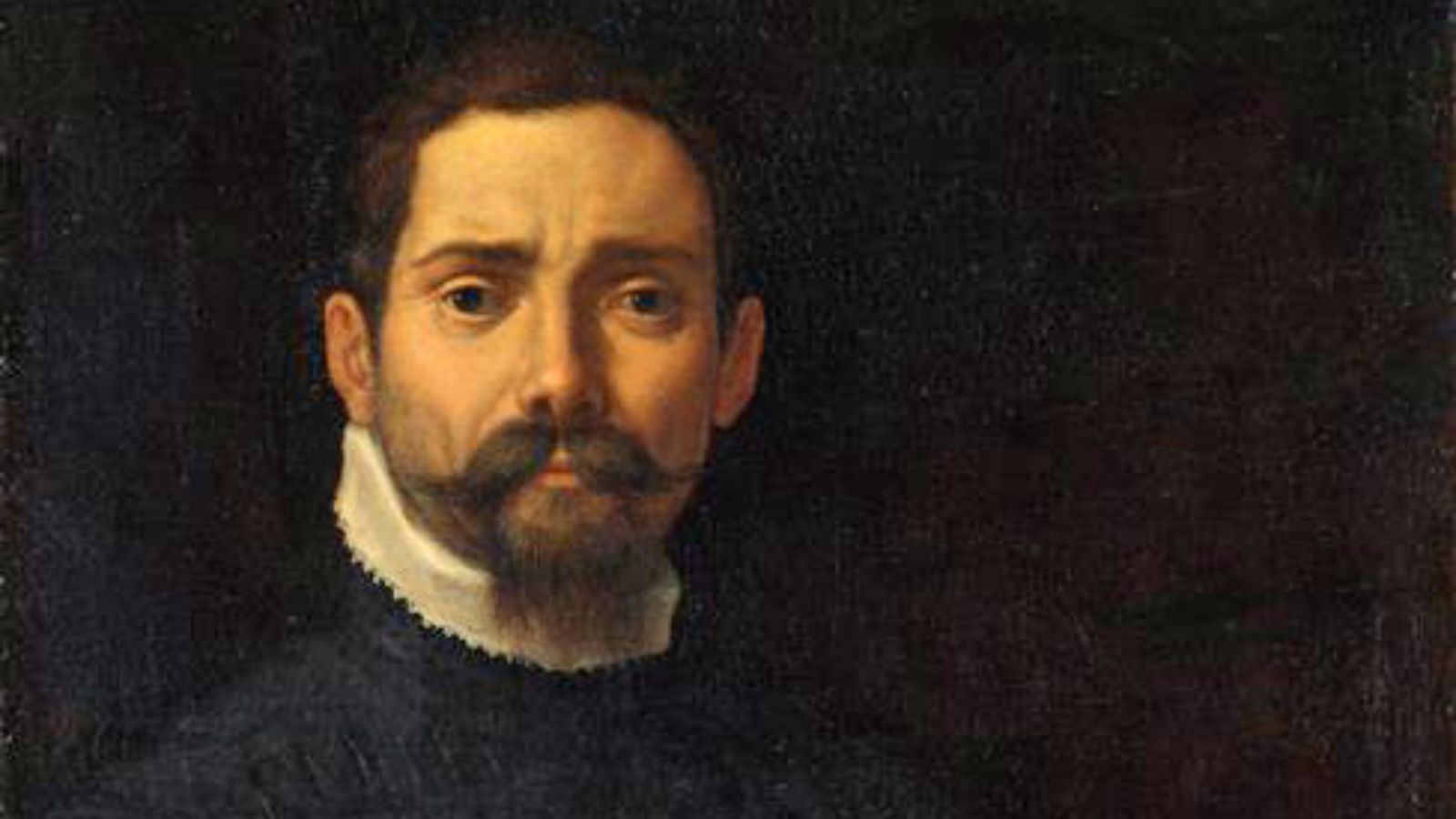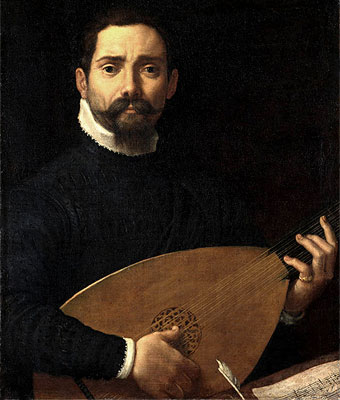Giovanni Gabrieli, a luminary of the late Renaissance, was born around 1554 in Venice, Italy. Renowned for his contributions to Venetian polychoral and instrumental music, Gabrieli’s compositions exemplify the grandeur and innovation of the Venetian School.
As a young musician, Giovanni Gabrieli received his early training from his uncle, the celebrated composer Andrea Gabrieli. Under his guidance, Giovanni developed a profound understanding of music theory and composition. He later honed his skills as an organist and composer, securing positions at prestigious institutions such as St. Mark’s Basilica in Venice.
One of Gabrieli’s most significant contributions to music was his pioneering work in the development of antiphonal and polychoral compositions. This innovative style involved dividing vocal and instrumental ensembles into spatially separated groups, creating a rich tapestry of sound that enveloped the listener. Gabrieli’s mastery of this technique earned him widespread acclaim and established him as a leading figure in the musical landscape of Venice.
In addition to his compositions for choirs and instrumental ensembles, Gabrieli’s organ works remain an enduring legacy of his genius. His skillful manipulation of texture, harmony, and counterpoint showcased the capabilities of the organ as a solo instrument and set new standards for organ composition.
Throughout his career, Giovanni Gabrieli cultivated relationships with prominent figures in the artistic and intellectual circles of Venice, including the famed composer Claudio Monteverdi. Their collaboration and mutual influence contributed to the vibrant cultural milieu of late Renaissance Venice.
Gabrieli’s music transcended geographical boundaries, influencing composers throughout Europe. His compositions were not only performed in Venice but also found their way into the repertoires of musicians across the continent, leaving an indelible mark on the development of Baroque music.
Giovanni Gabrieli’s life was tragically cut short when he passed away in 1612, leaving behind a legacy that continues to inspire musicians and audiences alike. His innovative approach to composition, mastery of polychoral techniques, and profound musical expression ensure his enduring place in the pantheon of great composers.


Comments are closed